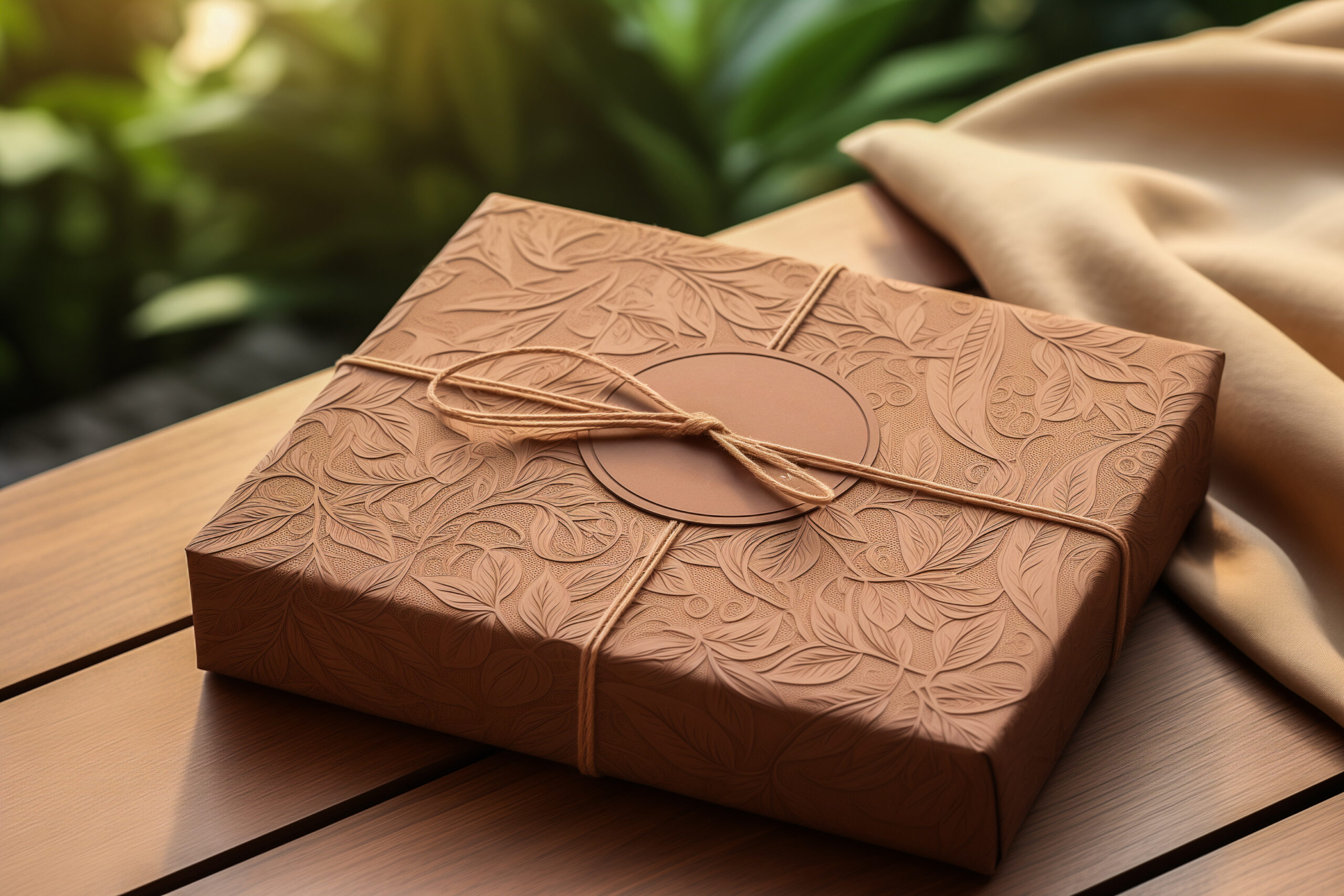The Influence of 3D Printing on Packaging Innovation
In recent years, 3D printing has emerged as a transformative technology, impacting various industries from healthcare to automotive. One of the most exciting areas where 3D printing is making significant strides is in packaging innovation. This technology is reshaping how packaging is designed, produced, and delivered, offering unprecedented opportunities for creativity, customization, and sustainability. In this blog, we’ll explore the influence of 3D printing on packaging and how it is breaking boundaries in the industry.
The Basics of 3D Printing
3D printing, also known as additive manufacturing, involves creating three-dimensional objects from a digital file by layering materials. This process allows for intricate designs and complex shapes that would be difficult or impossible to achieve with traditional manufacturing methods. The most common materials used in 3D printing for packaging include plastics, metals, and even biodegradable materials.
Key Benefits of 3D Printing in Packaging
1. Customization and Personalization
- Tailored Designs: Create packaging in different shapes and sizes to fit specific products, reducing waste and improving protection.
- Personalized Packaging: Design unique packaging for special events or limited editions, strengthening consumer connections.

2. Rapid Prototyping
- Cost-Effective Testing: Quickly produce and test different packaging designs without high costs.
- Reduced Time to Market: Speed up product launches by rapidly creating and adjusting packaging designs.
3. Innovative Design Possibilities
- Unique Structures: Create intricate shapes and designs that stand out and tell your brand’s story.
- Functional Features: Add built-in features like dispensers or protective elements to enhance the user experience.
4. Sustainability
- Material Efficiency: Use only the necessary amount of material, reducing waste.
- Local Production: Produce packaging locally, cutting down on transportation and reducing carbon footprints.
Real-World Applications of 3D Printing in Packaging
Numerous companies have embraced 3D printing technology to innovate their packaging solutions. Here are a few notable examples:
PepsiCo has experimented with 3D printing to create prototypes for snack packaging. By leveraging this technology, the company has been able to design and test new packaging concepts quickly, ensuring that they meet consumer demands and preferences.
Unilever has explored 3D printing for its product packaging, enabling the rapid development of sustainable and customizable solutions. This approach has allowed the brand to experiment with designs that minimize material usage while maintaining functionality.
Coca-Cola has utilized 3D printing to create custom bottle designs for limited-edition releases. This innovative approach has not only enhanced brand engagement but has also provided consumers with unique and collectible packaging.
Challenges and Considerations
While the benefits of 3D printing in packaging are compelling, there are also challenges to consider:
- Material Limitations
While advancements in materials are ongoing, some traditional packaging materials may not yet be available in 3D printable formats. Brands must carefully evaluate material choices to ensure that they meet performance and aesthetic standards.
- Production Speed and Scale
Although 3D printing is excellent for prototyping and small-scale production, scaling up to meet high demand can be a challenge. Brands must assess their production needs and determine how 3D printing fits into their overall manufacturing strategy.
- Cost Factors
The initial investment in 3D printing technology can be significant. Brands must weigh the potential benefits against the costs to determine whether it aligns with their long-term goals.
Conclusion
3D printing is breaking boundaries in the packaging industry, offering innovative solutions that enhance customization, sustainability, and design flexibility. As brands continue to explore the potential of this technology, they can create packaging that not only protects their products but also resonates with consumers in a meaningful way.
The future of packaging is evolving, and 3D printing is at the forefront of this transformation. By embracing this technology, brands can stay ahead of consumer trends, foster deeper connections, and contribute to a more sustainable future. The possibilities are endless—will your brand be the next to break boundaries with 3D-printed packaging?
Are you ready to revolutionize your packaging strategy with the power of 3D printing? Whether you’re looking to create unique prototypes, develop eco-friendly solutions, or elevate your brand’s presentation, we’re here to guide you every step of the way. Contact us today for a consultation, and let’s embark on a journey to redefine your packaging experience.
And don’t forget to check out the innovative packaging design work we’ve done for brands and see how they’re trending in the market, making a strong impact with their unique brand identity.





